EVERY DAY CARRY: EVERYTHING YOU NEED TO KNOW TO BUILD A GREAT MILITARY EDC
- By Alex Hollings
Share This Article
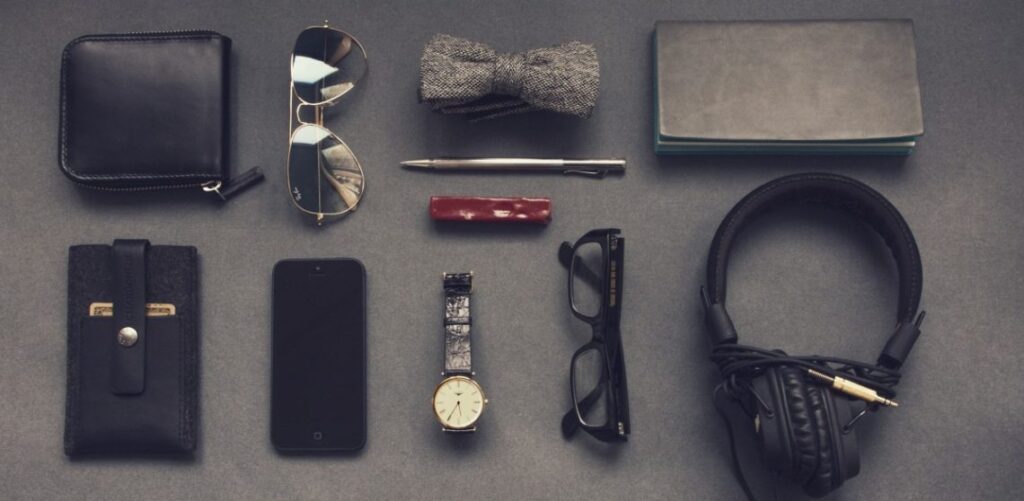
If you spend enough time online, you’re bound to run across the acronym “EDC,” which is short for “Every Day Carry.” In some circles, those three letters refer specifically to firearms, but the truth is, a good EDC is tailored to the user, not the memes you find floating around Reddit.
Most military installations don’t permit troops to carry a firearm on base without special permission, and some installations don’t even permit you to keep firearms in base housing. Because of this, our exploration into the world of Every Day Carry won’t include firearms. Instead, we’ll be focused on what’s handy to have on your body throughout the day, the things you’ll want to be aware of when choosing your EDC equipment, and of course, my recommendations for what you should carry and how you’ll want to carry it. Before we get to that, however, let’s break down exactly what an EDC is and why you should go about building your own that’s specific to you.
What does “Every Day Carry” (EDC) mean?
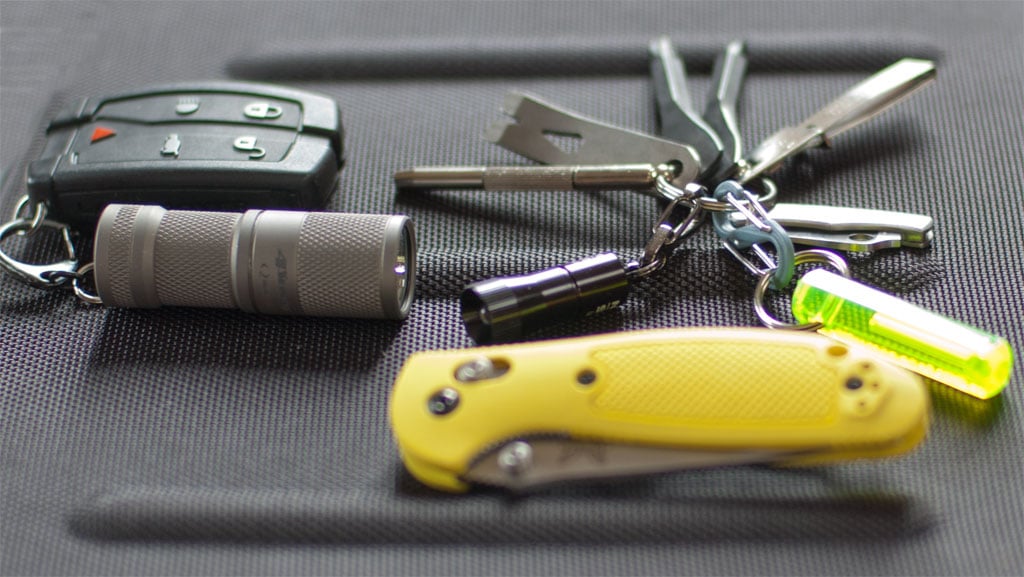
The acronym EDC gets used pretty loosely on the internet these days. Depending on the context, it can be a singular noun (“This knife is my EDC.”), a plural noun (“This gear setup is my EDC.”), or even an adjective (“This is my EDC flashlight.”), but the premise holds true regardless of your usage. Your EDC is whatever gear you choose to carry on your body every day to help you overcome challenges, protect yourself and others, and deal with the day-to-day odds and ends of your personal lifestyle.
Because EDC can mean so many things to so many people, it’s become a bit of a catch-all term for handy tools that you can usually carry on your belt, in your pockets, or in your purse. An EDC loadout is usually handy (as in, not stuffed in the glove box of your car) and practical (carrying a slung rifle may make sense in a combat zone, but it’s not very practical for a trip to Wendy’s). The EDC an off duty police officer might carry, for instance, will be very different than the EDC an electrician might carry.
Here’s an example of famed prop-builder and myth buster Adam Savage breaking down what goes into his EDC, which is obviously a lot different than what your average person might lug around.
How do I decide what to carry in my EDC?

There are lots of articles out there claiming to know exactly what you should carry in your EDC, but don’t take them to heart. While they can be great places to get ideas for tools that you might find handy, your EDC needs to reflect your lifestyle and level of training. Carrying medical gear you don’t know how to use, for instance, is really just carrying dead weight.
Every Day Carry means literally just that–gear that you can and do carry every day. In order to decide what’s best for you, you’ll need to consider the common challenges you face, if you want to incorporate self defense into your kit, and how much you’re comfortable with carrying. Even if you’ve never heard the term “Every Day Carry” before, you probably already carry some of this stuff every day.
A few things that are useful in just about any EDC are:
- A good quality pocket knife
- A multitool
- A small flashlight
- A pen
- Your smartphone
- Your wallet
And a few common additions to your EDC are:
- A small notebook
- Polarized sunglasses
- A decent watch
These two short lists include gear that just about anybody can use in a lot of different circumstances. A good pocket knife can get you out of all sorts of jams, including violent ones. A multitool will prevent you from trying to use your pocket knife as a pry bar or screw driver, and a small flashlight makes a huge\ difference in low-light environments. Don’t rely on your phone’s internal flashlight — they tend to light only a small area and can quickly drain the batteries of your phone.
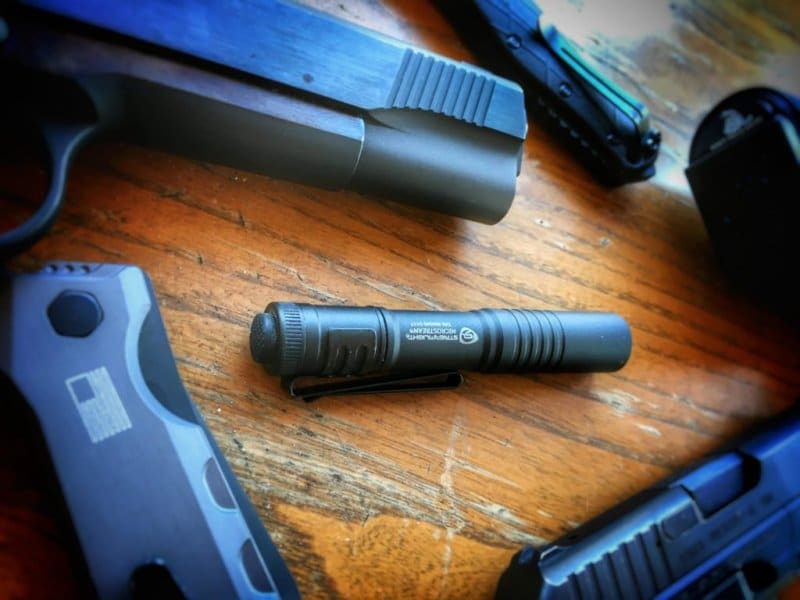
Pens, notebooks, and sunglasses all pretty much go without saying — I don’t know anybody that couldn’t use that stuff from time to time.
How do you actually carry your EDC?
Parts of your EDC loadout that are meant to be worn (watch, sunglasses) don’t need a special spot allocated to them on your belt, but a lot of your other gear can usually go on your belt or in your pockets. Women that regularly carry a purse can use that to help lug their EDC gear around, but be careful putting self defense equipment in your purse as it may not always be easy to access quickly in a bad situation. If you carry a messenger bag or backpack with you every day (as I tend to when covering stories), then you can incorporate your bag into carrying your kit.
My EDC includes most of the list above, along with a few other items I tend to carry on my person. I also have a more thorough kit in my car that includes medical gear (gloves, masks, tourniquets, chest seals, etc.), auto repair gear, and other odds and ends I’ve found myself in need of over the years. That may seem like overkill to you, but I do a fair amount of traveling and sometimes teach classes on things like normalcy bias and building emergency kits–so I tend to practice what I preach. The gear in my car isn’t a part of my EDC, but it’s worth noting because you may find that you don’t want to lug everything you can use around with you, and it might be worth your time to put a car kit together as well.
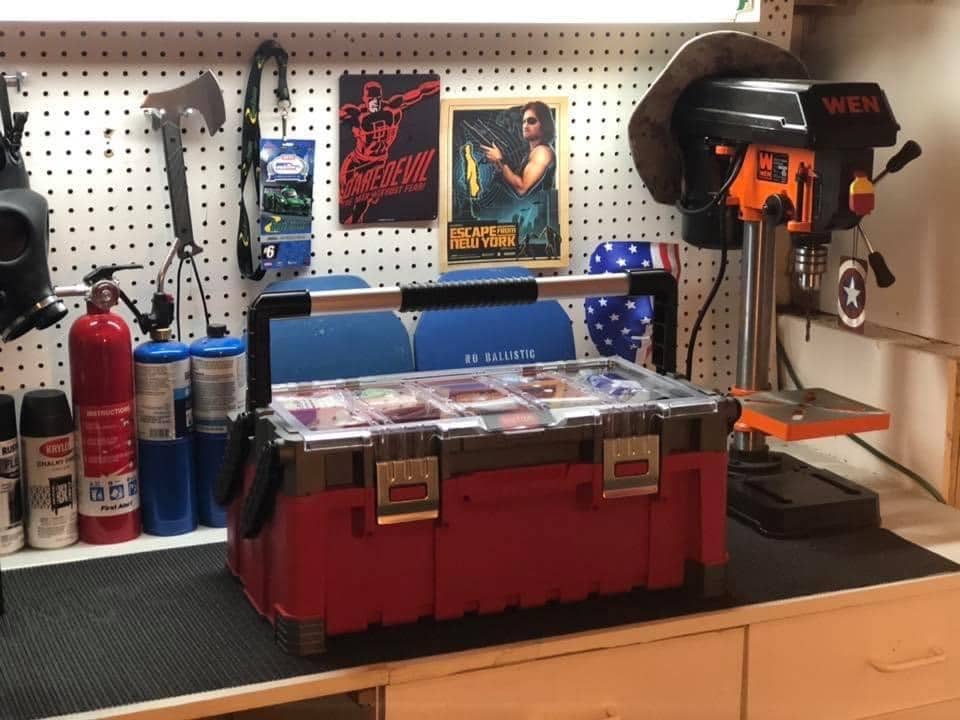
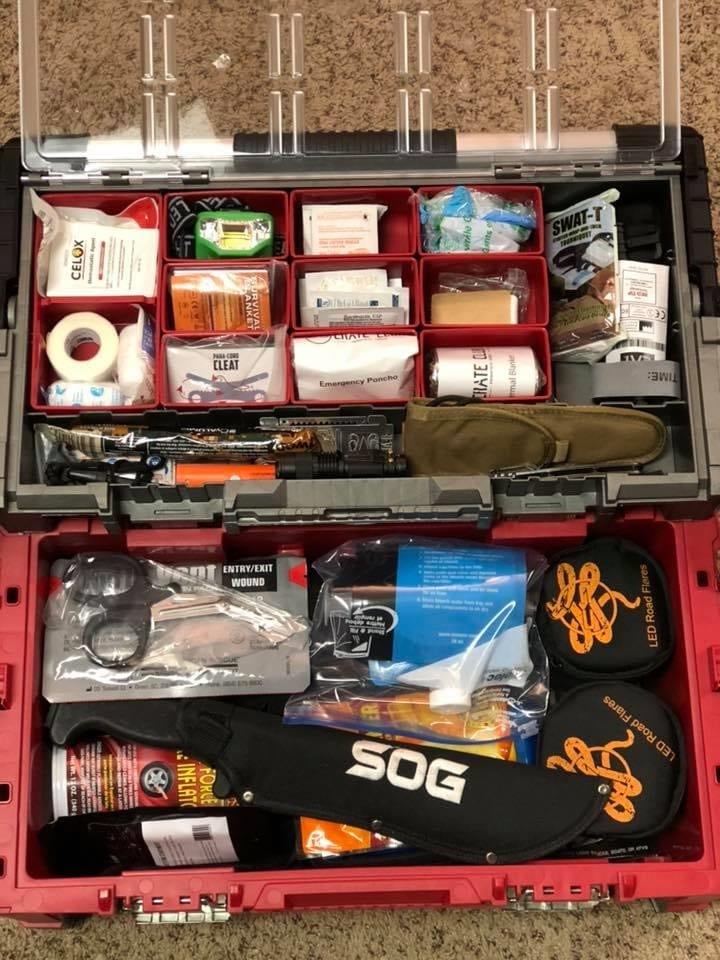
My pocket knife, flashlight, wallet, notebook, and pen can all be found around my hips, either on my belt or in my pockets. My sunglasses usually ride atop my head when not in use, and of course, I wear my watch. Those are all things you can carry and wear while in uniform as well (though you may want to carry a glasses case rather than wearing them on top of your head in uniform).
There is no defined way to position your EDC on your person, because everyone is different. Make sure you carry your gear in a way that is accessible to you and that it’s comfortable. Why does comfort matter?
Avoiding the “comfort compromise”
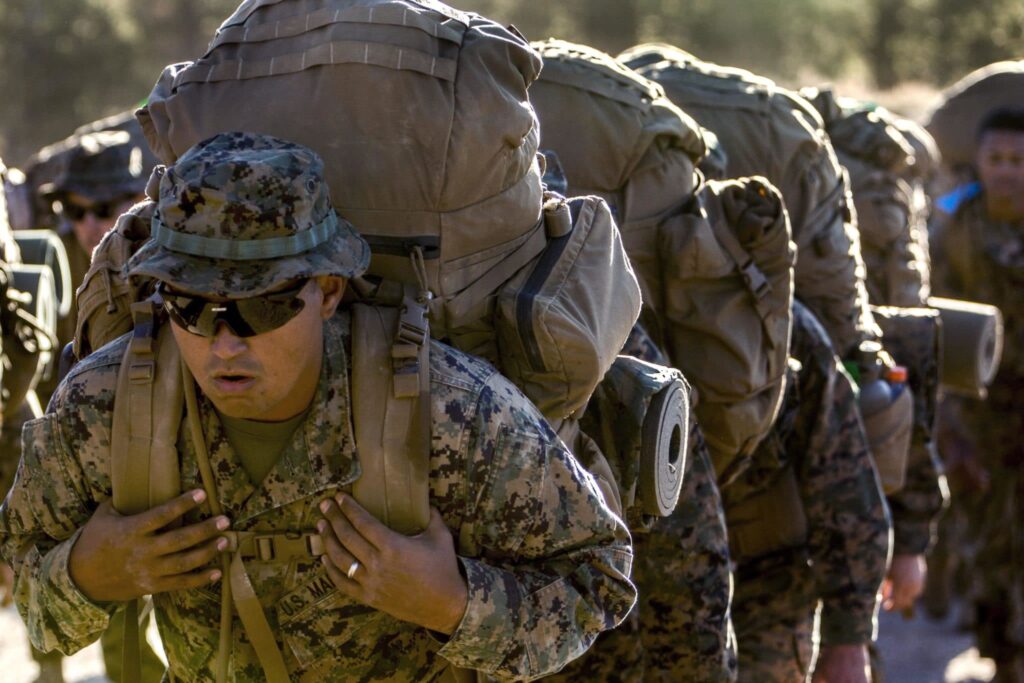
When I teach classes about EDC, I devote a significant portion of the class time to a concept I refer to as the “comfort compromise,” or the point in which the gear you carry becomes uncomfortable, and therefore, impractical.
If you want to be prepared for anything, then it might help to carry everything… but we both know that’s just not realistic. The truth is: if your pocket knife keeps digging into your side, you’re going to yank it out of your pocket and toss it in the center console of your car. If your small flashlight isn’t small enough and eats up your whole pocket, you’ll end up taking it out when you want to stuff your spare change and a receipt in there. Lots of people like to talk about EDC as though you should walk around Wal-Mart like you’re in the battle of Fallujah. Instead, I try to remind people that your EDC needs to be livable, otherwise you’re eventually going to stop carrying it.
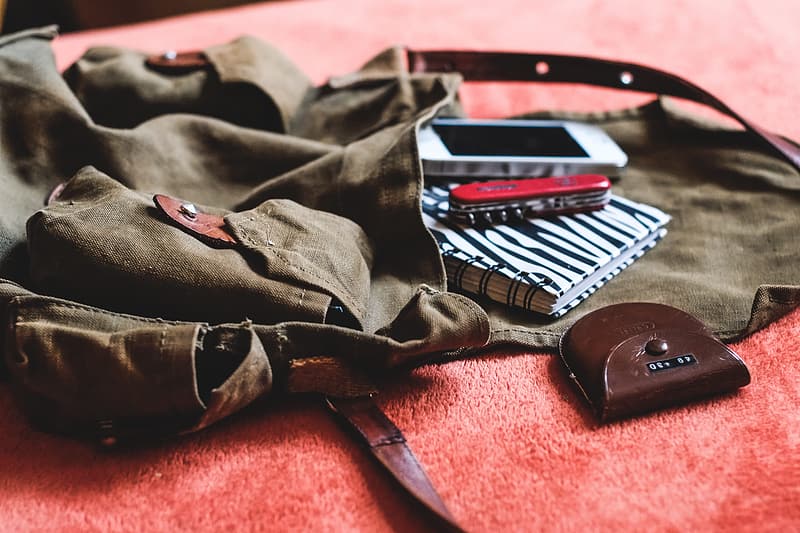
Experiment with where you put your gear on your body. Change up where things are positioned on your belt. Keep trying things out until you find a way that works for you, and perhaps most importantly, don’t make your decisions based on the gear–make them based on you. The best pocket knife in the world isn’t any good if you don’t have it on hand. The brightest flashlight can’t light up anything if you leave it at home. Treat comfort like it matters, because in the long run, it really does.
EDC tips
Now that you’re equipped with an understanding of the EDC concept and a few starting pieces of gear, let’s close out this discussion with a few more handy tips:
- Make sure to familiarize yourself with local ordinances and base regulations when building your on-duty EDC. Some places have rules about the permitted length of blades, as one example. Make sure that nothing you’re wearing or carrying will get you in trouble with civilian or military law enforcement.
- Don’t be afraid to try new things with your EDC. What worked well for you last year may not work as well for you this year.
- Use any gear you carry with you often enough to be comfortable with it. A dangerous situation isn’t the time to be learning how to work your multi-tool.
- Be open to good advice, but remember that your EDC needs to be based on you, your skillset, your training, and your life.
Related Posts
Sandboxx News Merch
-
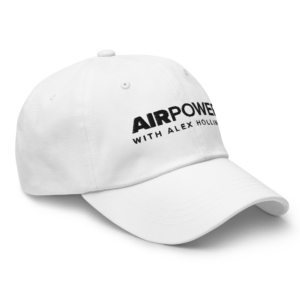
‘Sandboxx News’ Dad Hat
$27.00 Select options This product has multiple variants. The options may be chosen on the product page -
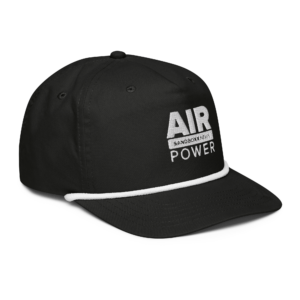
‘AirPower’ Golf Rope Hat
$31.00 Select options This product has multiple variants. The options may be chosen on the product page -
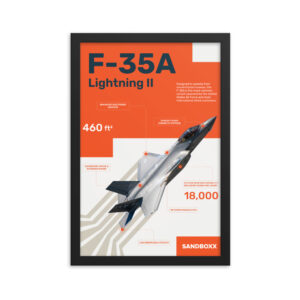
F-35 ‘Lightning’ Framed Poster
$45.00 – $111.00 Select options This product has multiple variants. The options may be chosen on the product page

Alex Hollings
Alex Hollings is a writer, dad, and Marine veteran.
Related to: Gear & Tech, Pop Culture
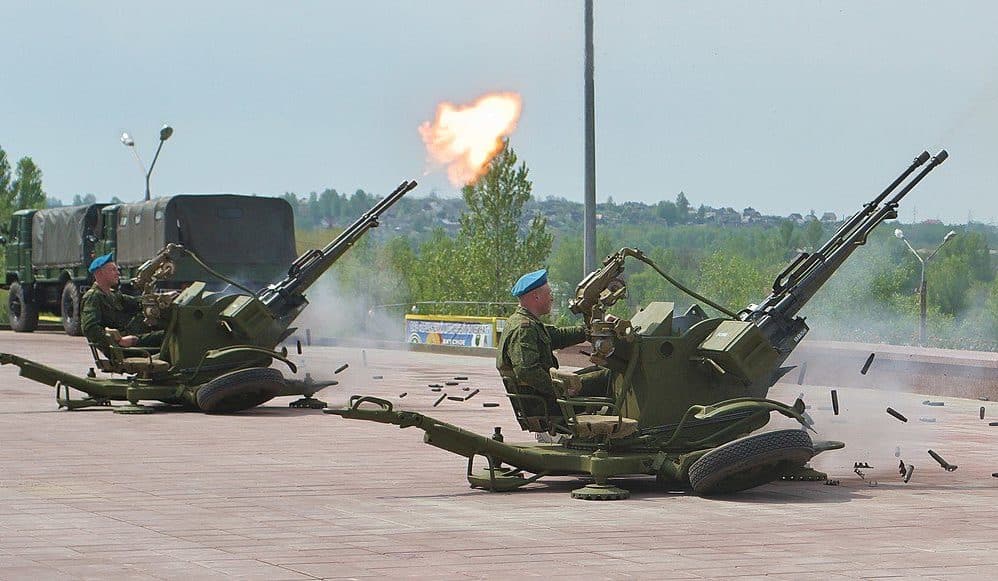
A Green Beret remembers his favorite foreign weapons
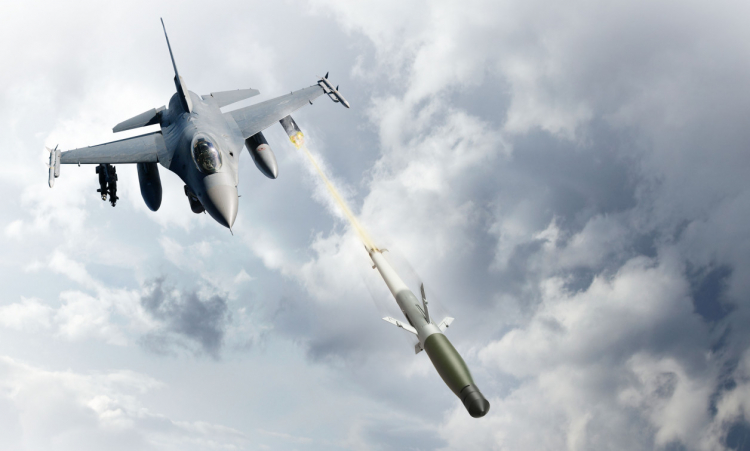
America’s new air-to-air missile is a drone’s worst nightmare

The Air Force is now adding AI pilots to combat-coded F-16s

The F-22 Raptor is more powerful than you think
Sandboxx News
-

‘Sandboxx News’ Trucker Cap
$27.00 Select options This product has multiple variants. The options may be chosen on the product page -
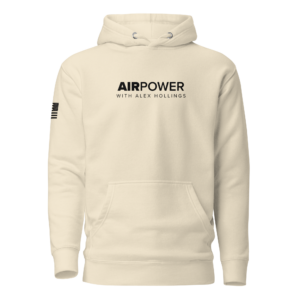
‘AirPower’ Classic Hoodie
$46.00 – $48.00 Select options This product has multiple variants. The options may be chosen on the product page -

‘AirPower’ Golf Rope Hat
$31.00 Select options This product has multiple variants. The options may be chosen on the product page -

‘Sandboxx News’ Dad Hat
$27.00 Select options This product has multiple variants. The options may be chosen on the product page
